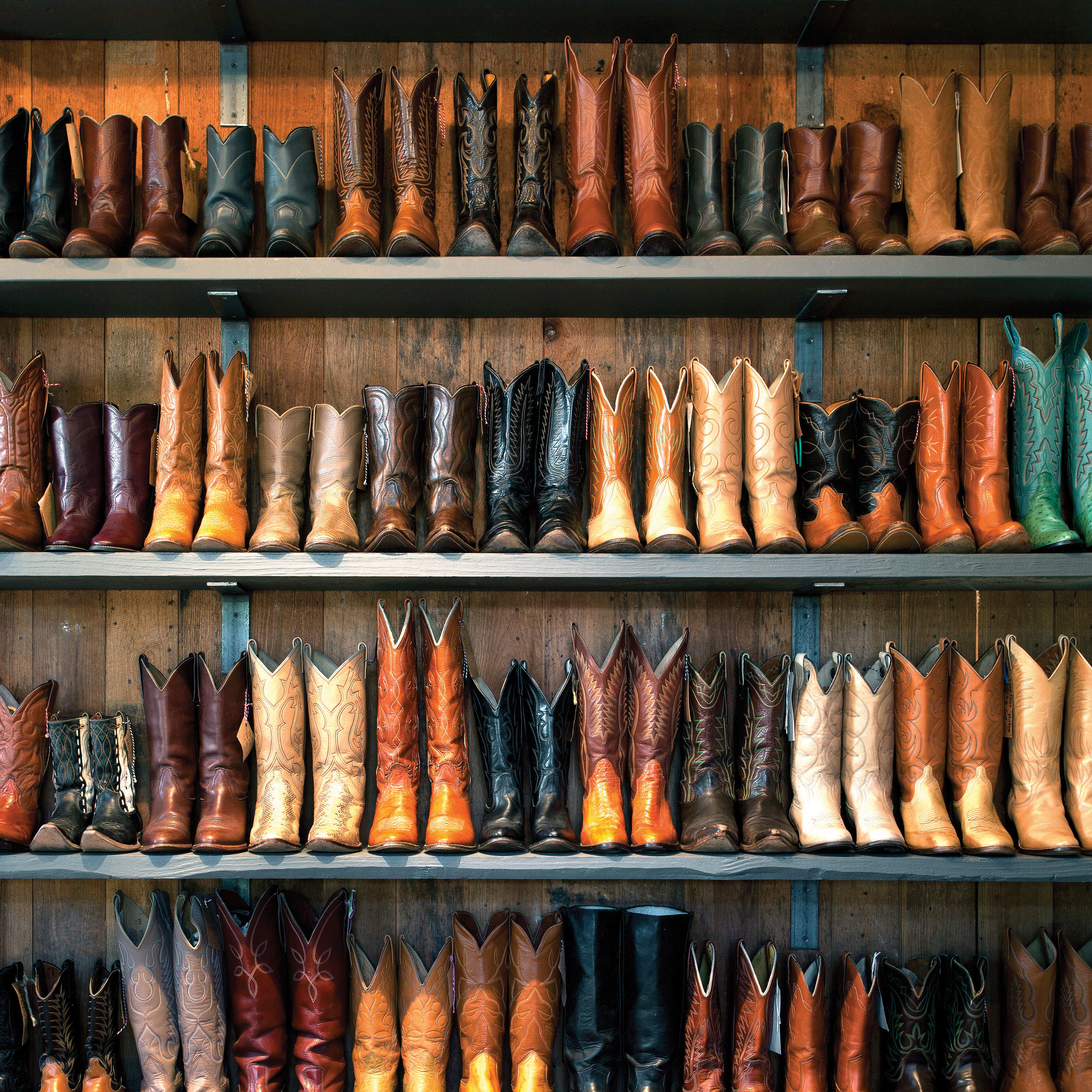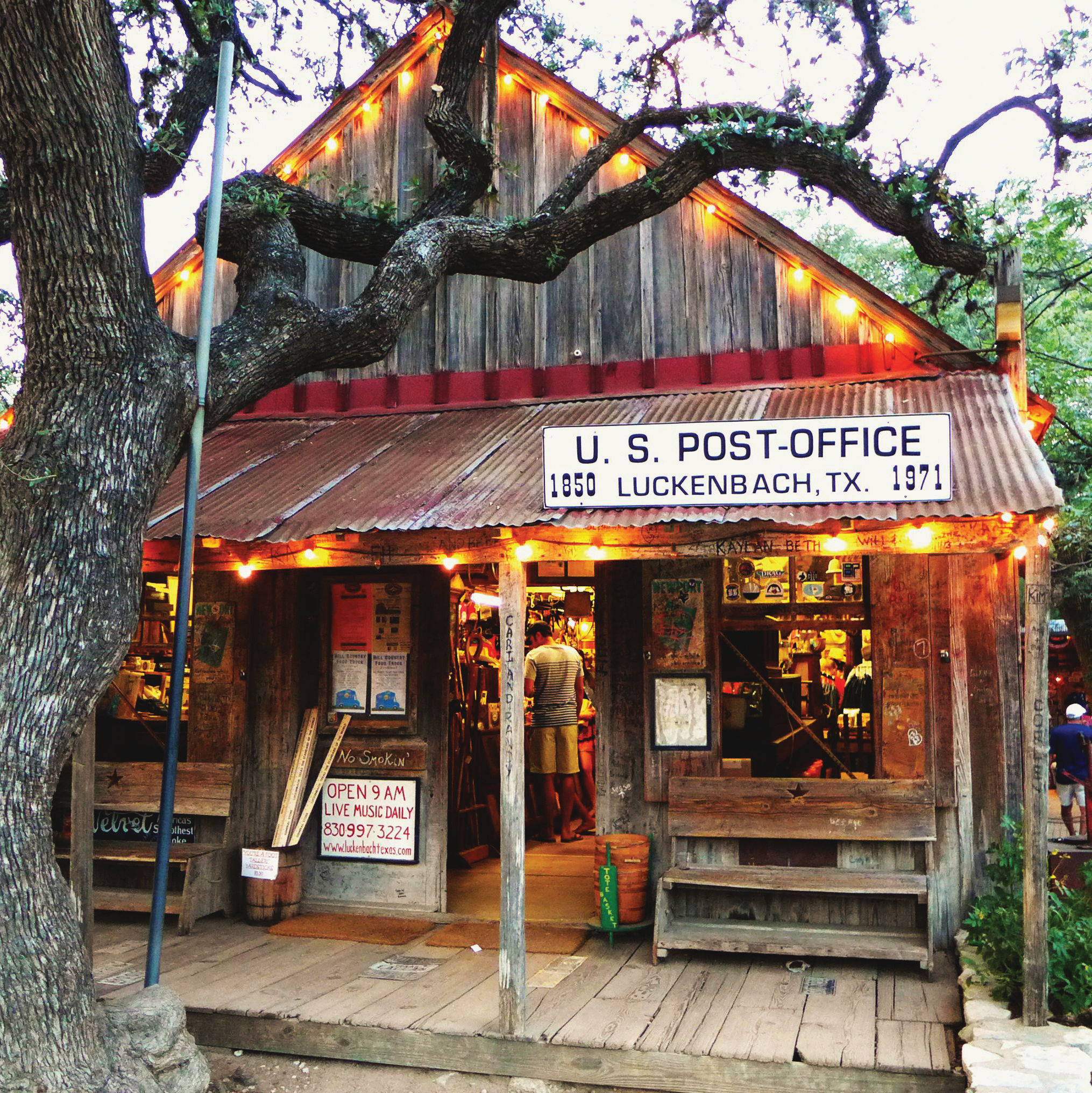Your Seventh-Grade Texas History Class Will Come to Life in These Hill Country Towns
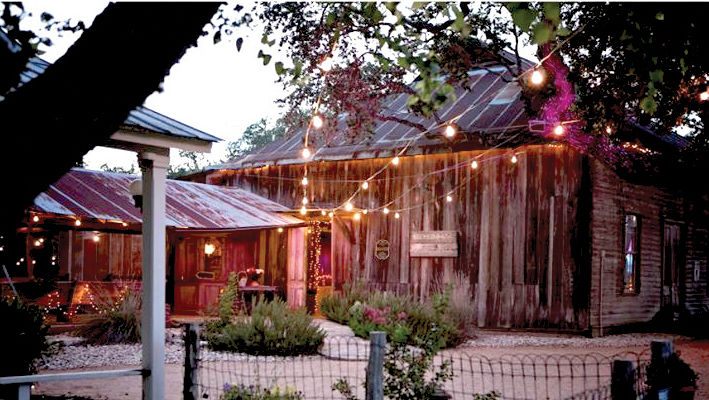
Sisterdale Dance Hall
Image: Allison Jeffers
Not many places with a barely-existing population boast a background like that of Sisterdale, just north of Boerne. A group of intellectual Germans fleeing revolution in their homeland established the 25-person town as a Latin Settlement, or colony of free thinkers, in 1848. Today, its 2,893-acre historic district, listed on the U.S. National Register of Historic Places, is lined with well-preserved homes and businesses, including a saloon, schoolhouse, cotton-gin-turned-vineyard and legendary dance hall.
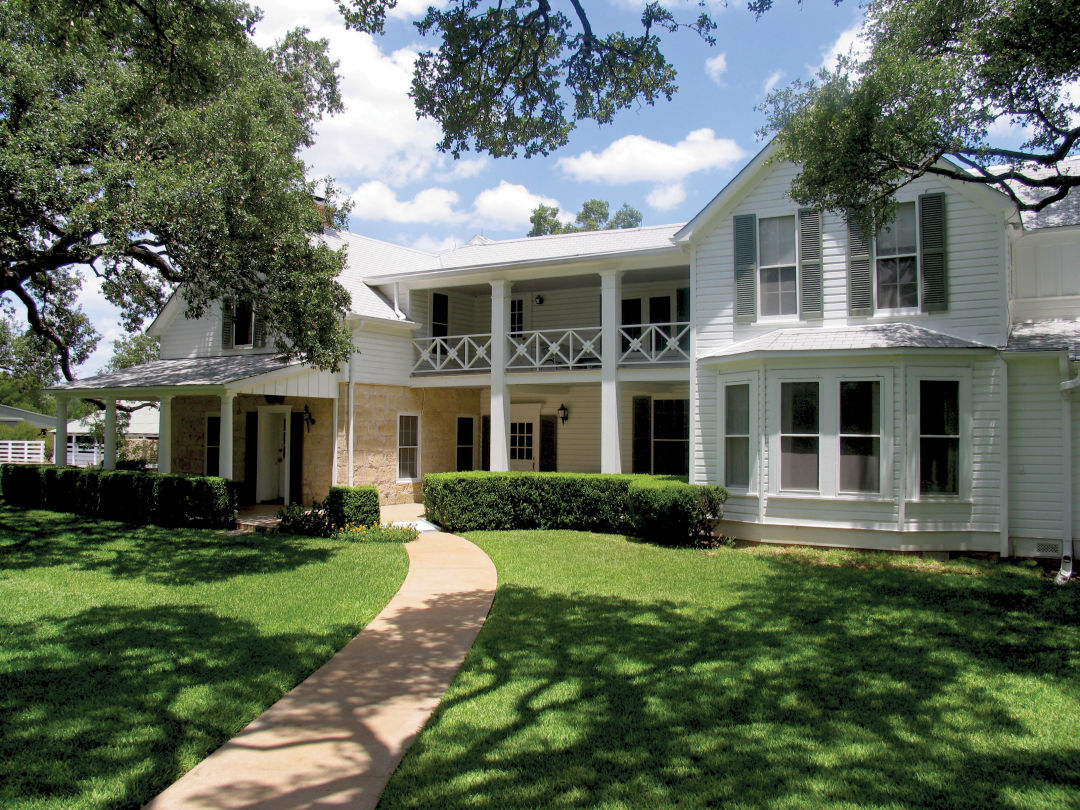
The Texas White House
“There’s something really special in seeing the places that formed a president,” says Dave Schafer, the Chief of Interpretation and Resources Management at the Lyndon B. Johnson National Historical Park, 14 miles outside of Johnson City. “You get a better understanding of who he was and have an open window into his private and personal life.” Along with plenty of outdoor recreation opportunities, the park features exhibitions of memorabilia accumulated over LBJ’s lifetime, along with the 36th president’s boyhood schoolhouse, his family cemetery, and, naturally, his ranch home, still known today as the Texas White House.
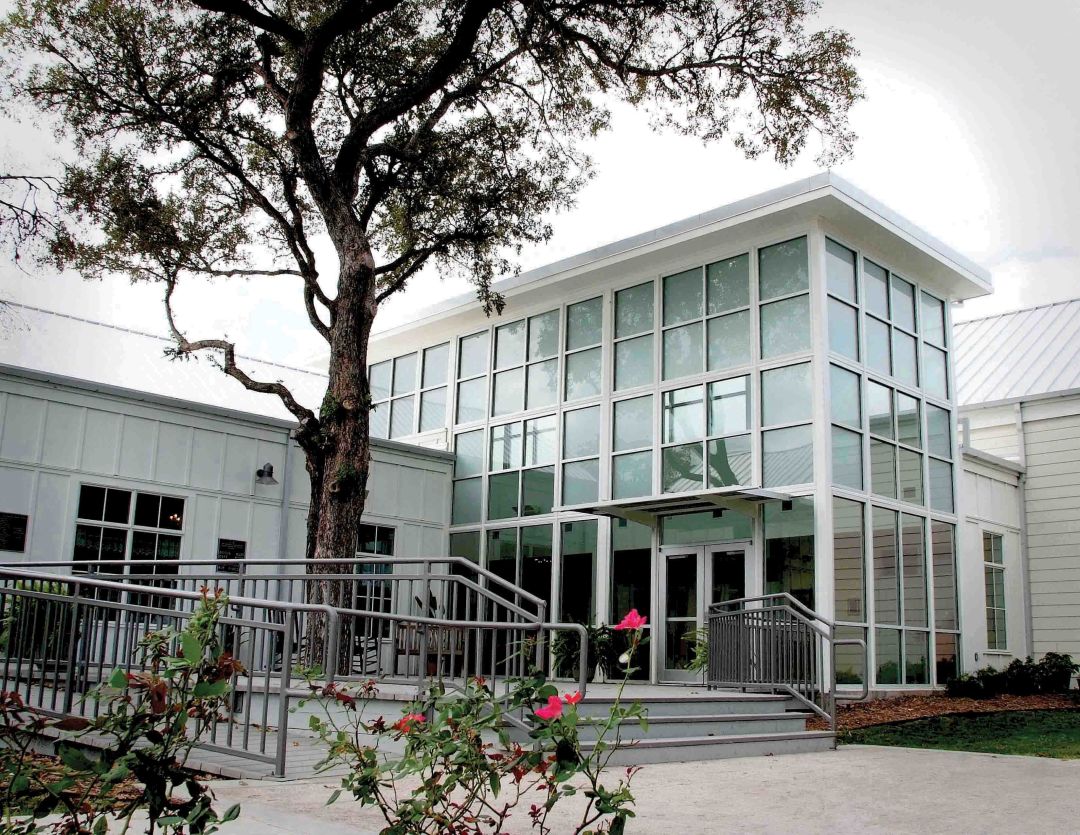
Texas Czech Heritage and Cultural Center
Though La Grange’s infamous Chicken Ranch, the inspiration behind The Best Little Whorehouse in Texas, no longer exists, history buffs will still find much to love in the quaint city. “You feel like you left the major hustle and bustle,” says Stacey Norris, manager of the La Grange Main Street and Visitors Bureau, “but still have the comforts of home in a small town.” Norris recommends visitors head to the Texas Czech Heritage and Cultural Center to learn about the immigrants who settled the area during the 1850s, bringing Texas the kolaches we can no longer live without, as well as the Fayette County Courthouse, designed by renowned Texas architect James Riely Gordon in a Richardsonian-Romanesque style.

